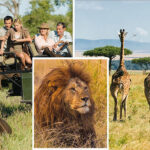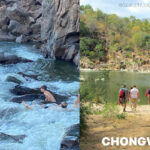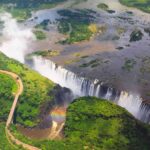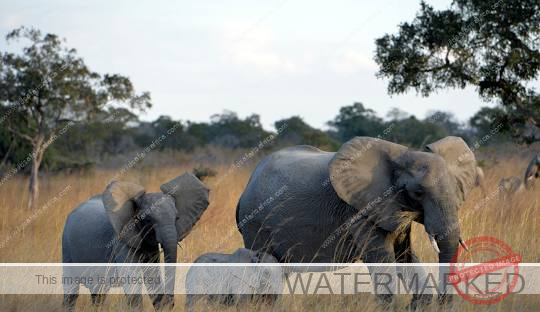
Kafue National Park is a hidden gem in the heart of Zambia, offering a truly immersive safari experience for adventurous travelers.
As the largest national park in Zambia and one of the biggest in Africa, Kafue boasts a diverse landscape that includes vast floodplains, lush woodlands, and the mighty Kafue River. With a rich array of wildlife, including the Big Five and over 500 bird species, Kafue is a must-visit destination for nature enthusiasts and wildlife lovers alike.
History and Conservation
Kafue National Park was established in the 1950s by the legendary conservationist Norman Carr. Despite its size and prominence, the park remained largely unexplored for decades due to lack of funding and effective management.


However, in recent years, the park has seen a resurgence in interest and investment, thanks to the efforts of organizations like African Parks and the Zambian Department of National Parks and Wildlife (DNPW).
Today, Kafue is part of the Kavango-Zambezi Transfrontier Conservation Area, the largest transboundary conservation area in the world. The park is also designated as an Important Bird Area by BirdLife International, making it a prime destination for birdwatchers.
Best Times to Visit Kafue National Park
Dry Season: June to October
The dry season is considered the best time to visit Kafue National Park. This period runs from June to October, during which wildlife viewing is at its peak. Here’s what to expect during these months:
- Wildlife Concentration: As water sources dwindle, animals congregate around rivers and waterholes, making them easier to spot. This is particularly true in the Busanga Plains, known for its rich wildlife interactions, including predators like lions and cheetahs.
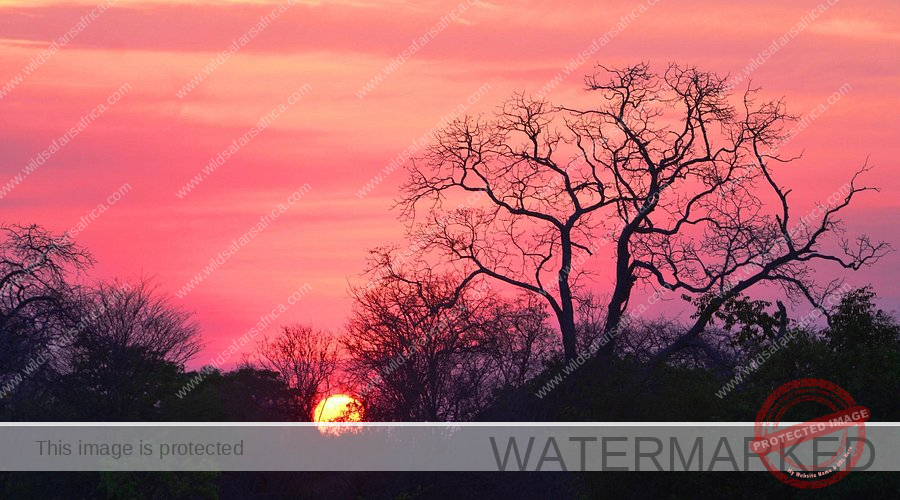
- Comfortable Weather: Temperatures during this time are generally mild, with averages around 17°C (63°F) in July and rising to 26°C (79°F) in October. Nights can be chilly, so it’s advisable to bring warm layers for evening activities.
- Best Game Viewing: October is particularly recommended for superb wildlife sightings just before the rains begin in November. This month offers excellent opportunities for predator-prey interactions, making it a favorite among wildlife enthusiasts.
Green Season: November to April
The green season, which spans from November to April, is characterized by the rainy season. While access to certain areas of the park can be challenging during this time, it also presents unique opportunities:
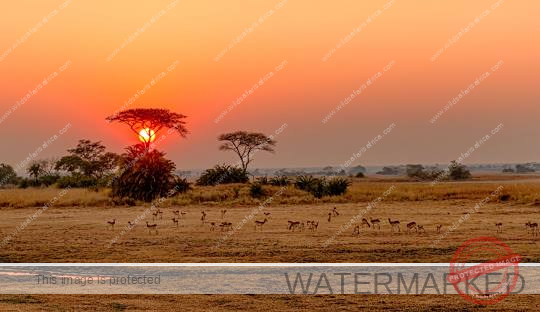
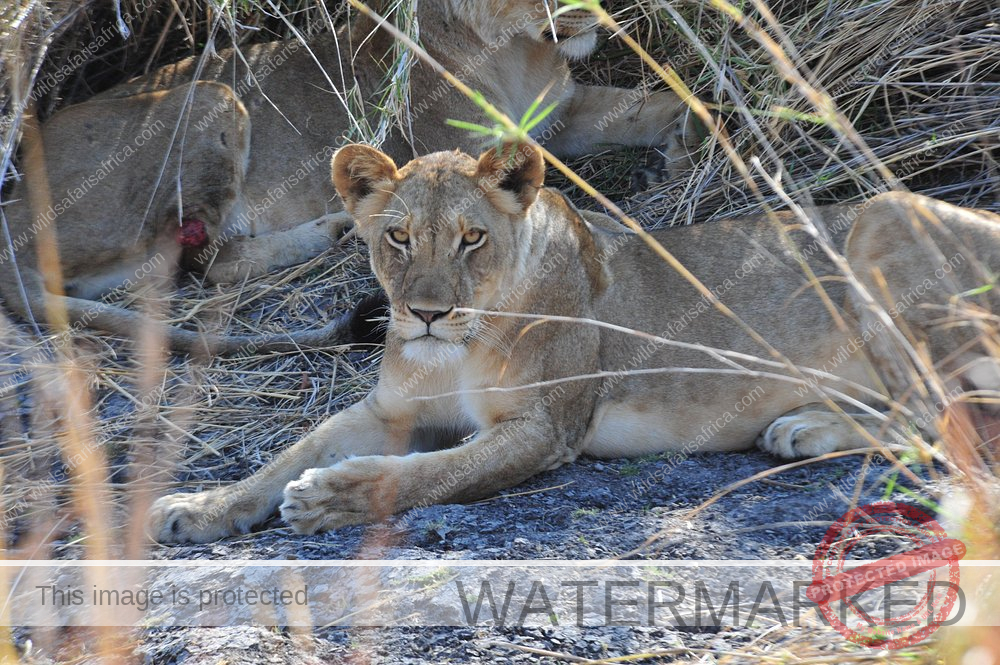
- Lush Landscapes: The park transforms into a vibrant green paradise, offering stunning scenery and a different kind of beauty. This is an excellent time for photography enthusiasts.
- Fewer Tourists: Visiting during the green season means fewer crowds, allowing for a more intimate wildlife experience. Many lodges offer reduced rates during this off-peak season.
- Birdwatching: The rainy season attracts migratory birds, making it a prime time for birdwatching. Over 500 bird species can be spotted, including many that are rare.
Accessibility Considerations
Year-Round Access: The Itezhi-Tezhi Dam and some central areas of the park can be visited year-round, providing opportunities for fishing and canoeing, even in the rainy season.
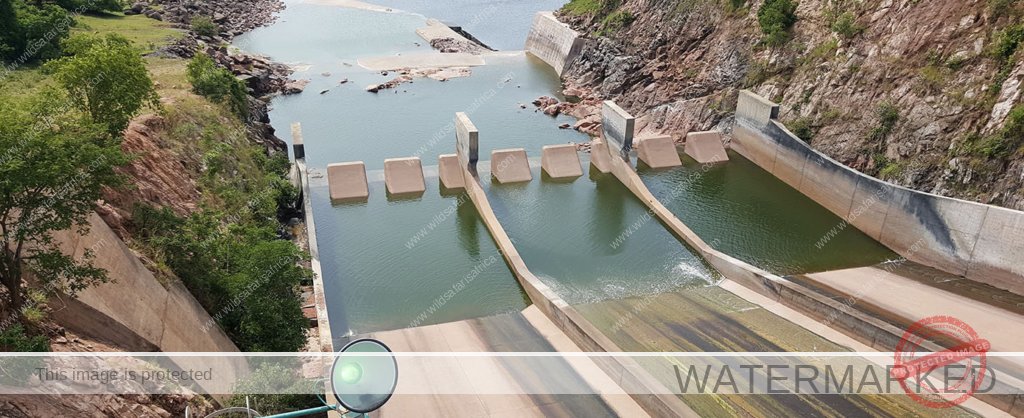
Busanga Plains Access: The Busanga Plains are only accessible from early July to early November, depending on water levels. This area is particularly famous for its unique wildlife, including the elusive tree-climbing lions.
Road Conditions: Many roads in the park can become impassable during the wet season, especially from November to April. However, some camps remain open and accessible, allowing visitors to experience the park’s beauty during this time.
Where to Stay
Kafue National Park offers a range of accommodation options, from luxury lodges to rustic bush camps. Some of the most popular options include:
- Mukambi Safari Lodge: The gateway to Kafue National Park, offering a range of activities and easy access to the park.
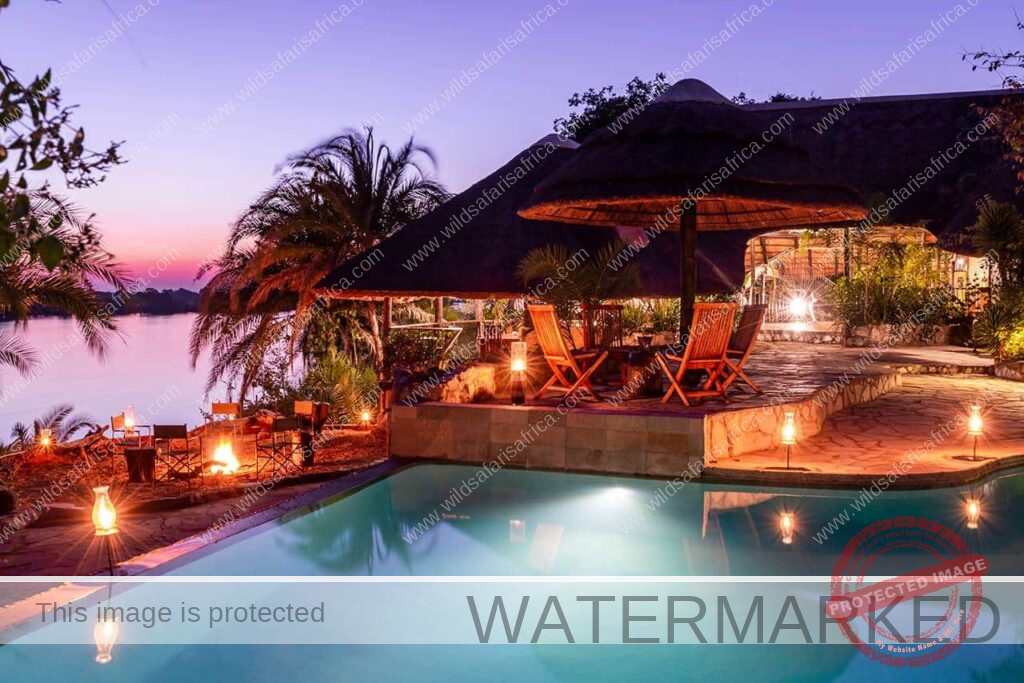
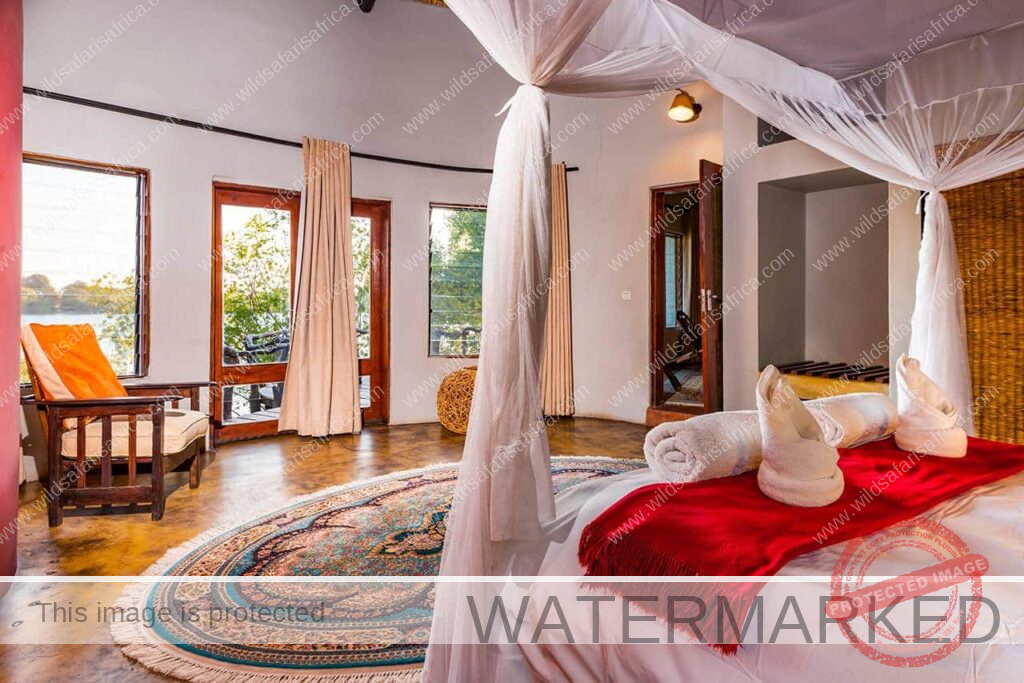
- Busanga Plains Camp: A seasonal camp located in the heart of the Busanga Plains, offering an intimate and exclusive safari experience.

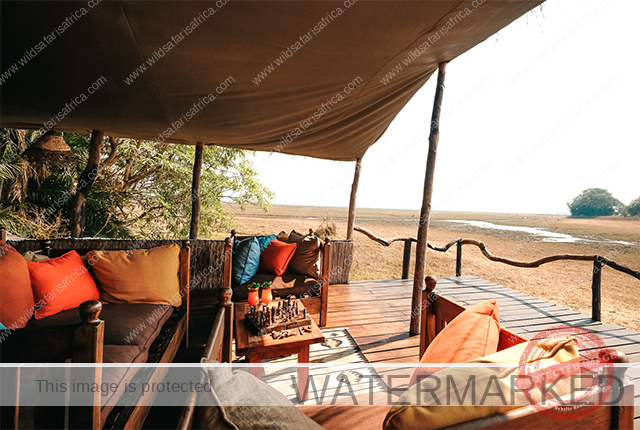
- Ila Safari Lodge: A luxury lodge located on the banks of the Kafue River, offering stunning views and a range of activities.
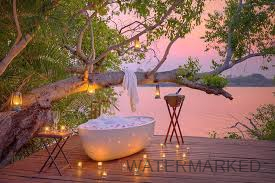
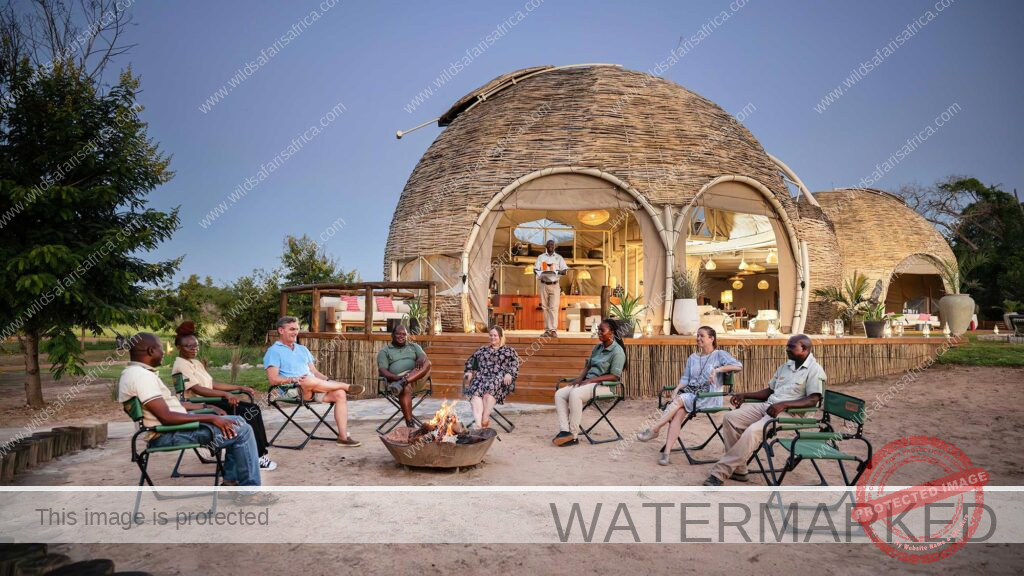
Activities and Wildlife
Kafue National Park offers a wide range of activities for visitors, including game drives, walking safaris, boat cruises, and fishing. The park is home to a diverse array of wildlife, including the Big Five (lions, leopards, rhinoceros, elephants, and buffalo), as well as over 500 bird species.
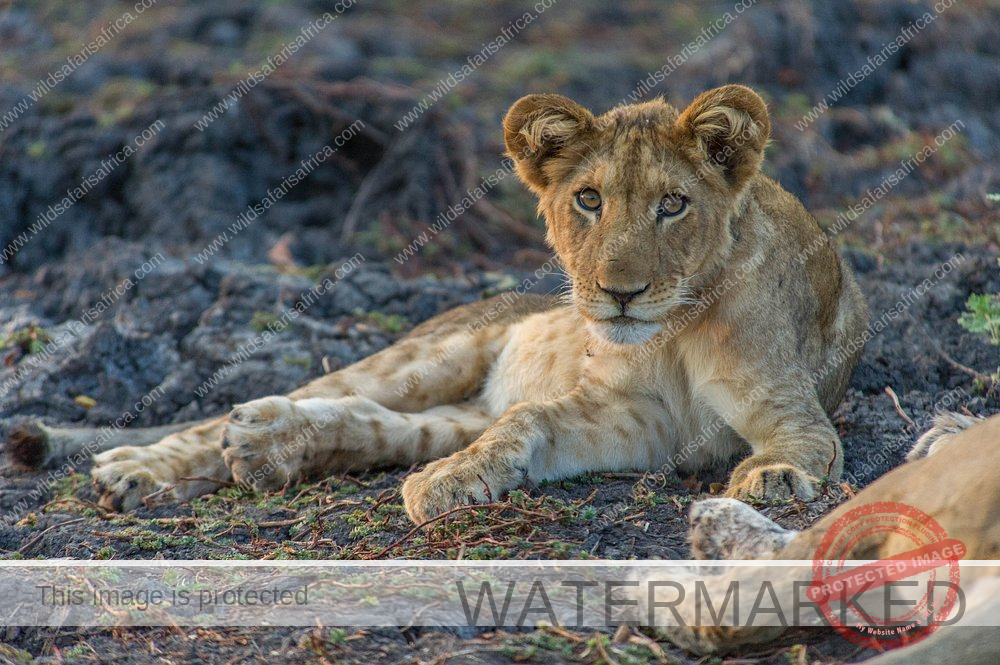
Some of the most notable species found in the park include the Kafue lechwe, a unique antelope species found only in the Kafue floodplains, and the Chaplin’s barbet, Zambia’s only endemic bird species.
Getting There
Kafue National Park is easily accessible from Lusaka and Livingstone, with a 3-4 hour drive from either city. The park is also serviced by a number of airstrips, making it easy to access by air.
Conclusion
Kafue National Park is a true hidden gem in the heart of Zambia, offering a unique and immersive safari experience for adventurous travelers. With its vast wilderness, diverse wildlife, and range of activities, Kafue is a must-visit destination for anyone seeking an authentic African safari adventure. Whether you’re a seasoned safari-goer or a first-time visitor, Kafue National Park is sure to leave a lasting impression.

